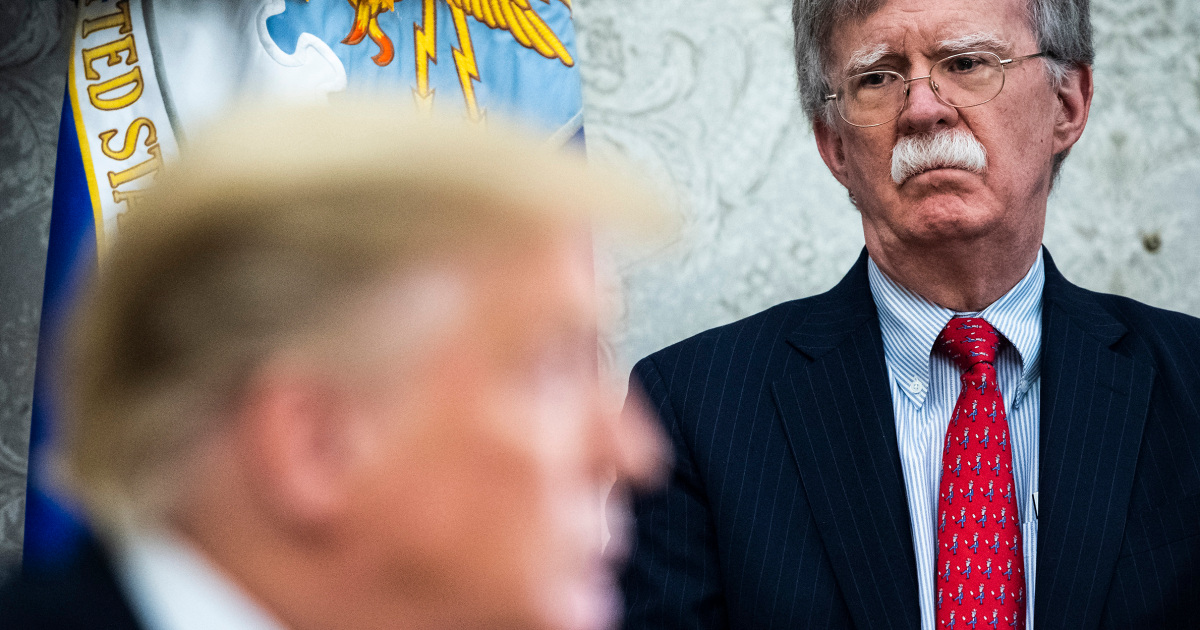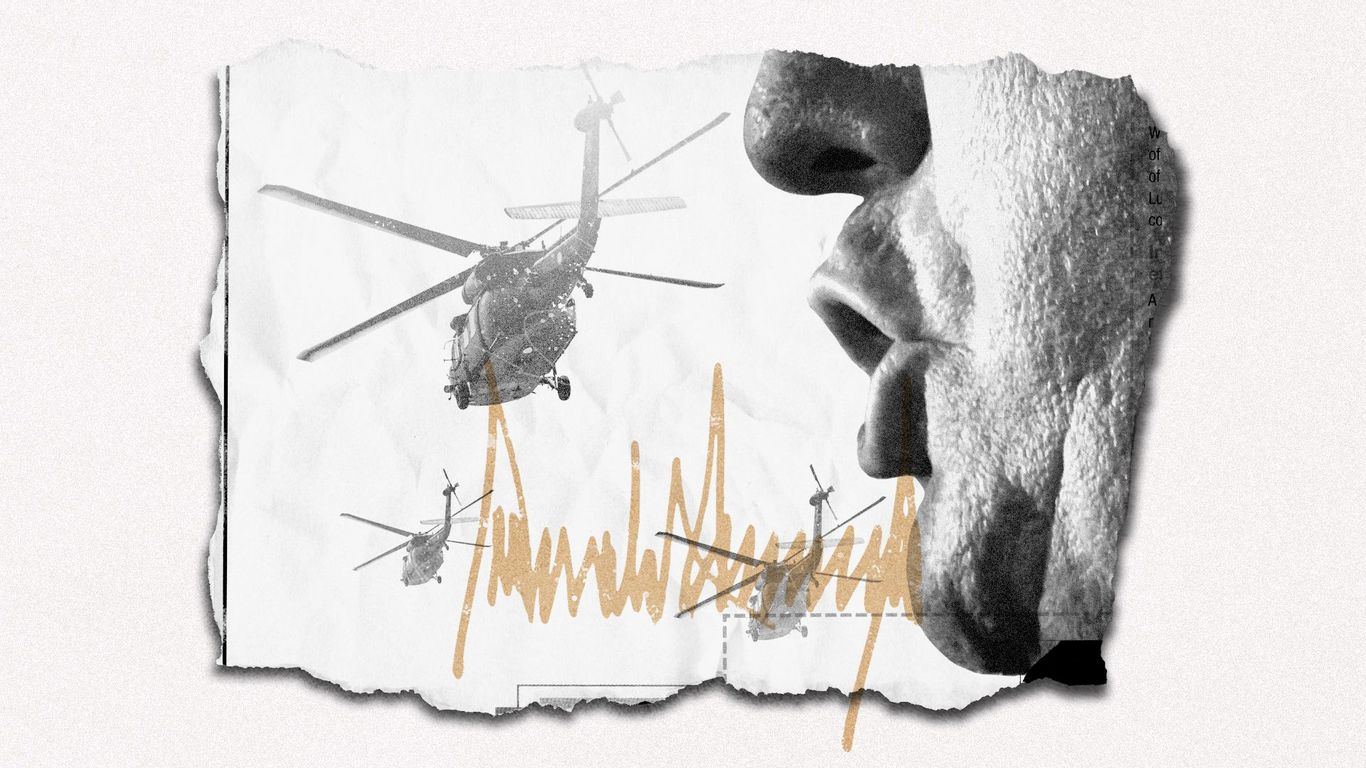Of course simply having hundreds of tons of yellow cake uranium, and us finding that, made the war just.
You are a moron for stating that - The yellow cake was stored and sealed by the UN inspectors when SH booted them out in 1998. These are easily known facts by someone interested in the truth. When SH allowed the inspectors to return in December 2002 the first thing they inspected was the yellowcake storage. It was found to be absolutely intact. This is probably because during the four years when there were no inspectors in SH still allowed once a year inspections to make sure the yellow cake was stored properly. After the invasion was launched in March 2003 Looters hit the facility. And anyway yellowcake is not WMD. Your ignorance on the history of the run up to the invasion of Iraq is abundantly clear. Start reading something.
If you wish to shed the moron label start by reading this can open an investigative truth seeking mind
What Joe Biden's Iraq war vote says about his style of politics
In the summer of 2002, less than a year after the horrific 9/11 attacks, the Bush-Cheney administration initiated a PR campaign to win support for the idea of attacking the regime of Iraqi dictator Saddam Hussein. In a
speech at the national conference of Veterans of Foreign Wars, Vice President Dick Cheney proclaimed, “Simply stated, there is no doubt that Saddam Hussein now has weapons of mass destruction. There is no doubt he is amassing them to use against our friends, against our allies, and against us.” Actually, that was a lie. Within the intelligence community, there was no consensus that Saddam was stockpiling WMD to strike the United States. Anthony Zinni, a former commander in chief of US Central Command and then a Middle East envoy, was sitting onstage during Cheney’s address, and, as he later
said, he was stunned by the vice president’s remarks: “It was a total shock. I couldn’t believe the vice president was saying this, you know? In doing work with the CIA on Iraq WMD, through all the briefings I heard at Langley, I never saw one piece of credible evidence that there was an ongoing [WMD] program.”
But thus began the notorious White House spin crusade to convince the American public that Saddam posed a WMD threat to the United States to justify a military invasion of Iraq. As chairman of the Senate Foreign Relations Committee, Biden was in the middle of the WMD debate. As Michael Isikoff and I reported in our 2006 book,
Hubris: The Inside Story of Spin, Scandal, and the Selling of the Iraq War, a few weeks after that Cheney speech, in late September, Biden was chairing a classified hearing at which CIA Director George Tenet was the key witness. Tenet told senators that there was intelligence showing that Saddam had acquired aluminum tubes used for enriching weapons-grade uranium, that he had a fleet of mobile biological weapons labs, and that he was developing drones that could transport and deliver chemical and biological agents. As Tenet testified, Biden envisioned these drones being launched off tankers cruising along the coast of the United States and attacking Philadelphia or Charleston, South Carolina. This was hair-raising stuff.
But Biden and other committee members pressed Tenet for evidence backing up these frightening claims. And a staffer passed Biden a note with a suggested question: What “technically collected” evidence of Iraqi WMD did the CIA possess? In other words, did Tenet have any concrete proof? Had the CIA tracked radioactive emissions from supposed nuclear sites, gathered electronic intercepts in which Iraqis communicated about their various WMD, or obtained samples of biological agents? “None, Senator,” Tenet answered.
A hush fell on the room. None? Nothing at all? Biden was bothered. “George, do you want me to clear the staff out of the room?” he asked. This was Biden’s way of inquiring whether the CIA chief had some super-secret intelligence nailing Saddam that he was hesitant to share with staffers present. “There’s no reason to, Senator,” Tenet responded—a signal he wasn’t holding anything back. A Biden staffer, a former Pentagon contractor who specialized in nuclear technology, went home that night and told his wife, “They’re going to war and there’s not a damn piece of evidence to substantiate it.”
At this point, the public debate concerned a congressional resolution Bush and Cheney were pushing that would provide Bush the authority to attack Iraq. Bush was essentially asking the Senate and the House to give him a go-to-war-free card, with no restraints on the option to order military action in Iraq as he saw fit. Biden, perhaps because he had seen that the case for war was flimsy, joined with two Republicans on his committee—Richard Lugar and Chuck Hagel—in a bipartisan effort to restrict Bush’s authority to invade Iraq. They proposed an alternative to Bush’s resolution that would only allow Bush to attack Iraq for the purpose of destroying WMD and only after seeking UN approval. If the UN turned Bush down, he would have to come back to Congress and prove Saddam posed a WMD threat so “grave” that only military action could eliminate it. Bush couldn’t just hop into war on his own.
The Biden-Lugar measure began attracting support from Democrats and Republicans, and it was privately supported by Secretary of State Colin Powell. No surprise, Bush was furious about the measure, and he told Republican Sen. Trent Lott that he didn’t want a measure that tied his hands. According to Lott, Bush gave him an order: “Derail the Biden legislation and make sure its language never sees the light of day.”
But before Lott could do that, Biden’s plan was undone by Rep. Dick Gephardt, the Democratic leader in the House. Gephardt had been listening to Democratic hawks in favor of a military confrontation with Saddam. And though he later claimed he was uncomfortable with Bush’s measure, he felt that he had few options. The Democrats were in the minority in the House, and the Bush measure could clearly pass within that body with both Rs and Ds on its side. From Gephardt’s perspective, it was an if-you-can’t-beat-them-join-them situation. Gephardt had run for president in 1988 and was once again contemplating a White House bid; it probably occurred to him that opposing a resolution for a war so soon after 9/11—and for a war that could end up successful and popular—might not be helpful for a future campaign.
Gephardt endorsed—and embraced—Bush’s resolution, appearing with the president at an October 2 Rose Garden event to declare his support. The move enraged many of his Democratic colleagues. Moreover, it killed Biden’s bipartisan attempt to rein in Bush and Cheney. After Gephardt bear-hugged Bush’s measure, Senate Republicans told Biden they could not sign on to his alternative. How can we be to the left of Dick Gephardt? they asked.
Biden’s attempt to impose conditions on Bush’s march to war had been killed by a fellow Democrat. And Biden was upset with Gephardt: “I was angry,” Biden said years later. “I was frustrated. But I never second-guess another man’s political judgement.




